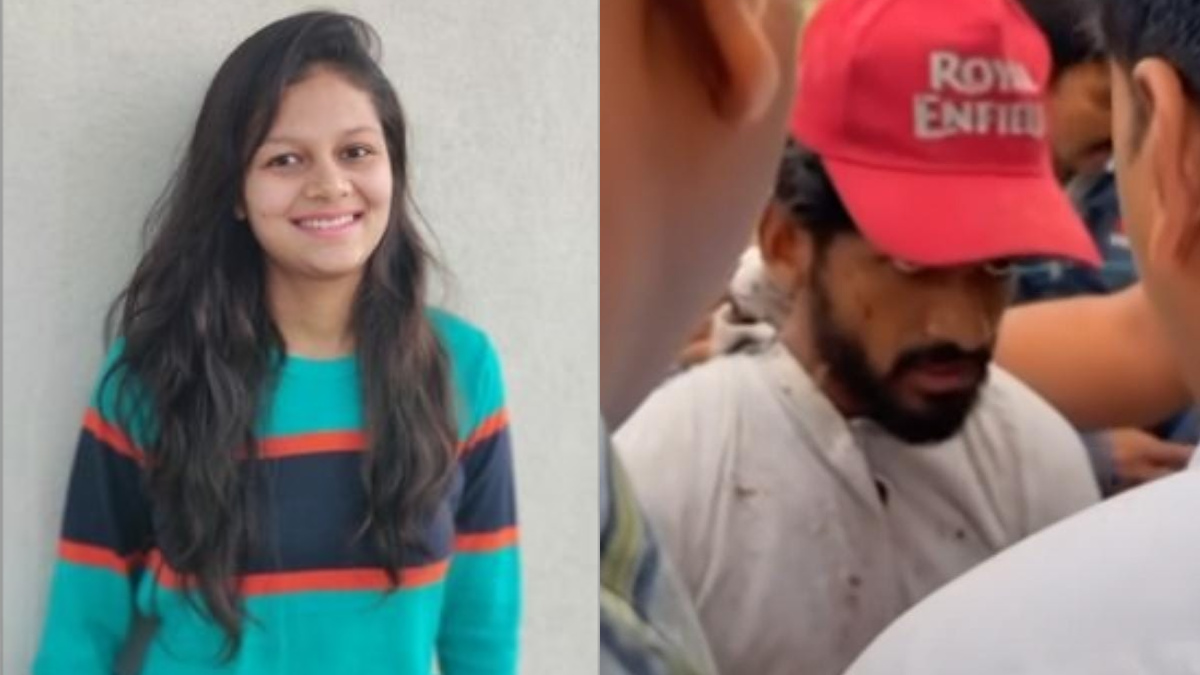
Archaeological dig reveals secrets of 'green' monks
Dublin, August 5 (ANI): An archaeological dig has unearthed evidence about a monastic order with a "green agenda" in medieval County Meath in Ireland, where a group of monks dependent on handouts battled to become self-sufficient.
According to a report in the Irish Times, over the past month, a large team of archaeologists and volunteers has helped uncover the secrets of one of Ireland's oldest abbeys.
The dig was led by husband and wife archaeological team Matthew and Geraldine Stout, from St Patrick's College Drumcondra and the Archaeological Survey of Ireland respectively, and assisted by over 30 volunteers.
Dr Geraldine Stout said the Cistercians had brought a "green agenda" to Ireland.
"They were the first monastic order to become self-sufficient. Until then, monasteries had been dependent on receiving food as gifts from local lords. The Cistercians at Bective Abbey were far more sustainable, as they farmed 4,000 acres of land, processed their own corn and began a programme of land reclamation," she said.
The dig began on July 6th with a blessing and turning of the sod by Abbot Father Augustine McGregor, the Cistercian Abbot of the larger Mellifont monastery, a predecessor of whom founded Bective over 800 years earlier.
Bective Abbey, founded in 1147, is the oldest Cistercian foundation in Co Meath and the second-oldest Cistercian foundation in Ireland.
The importance of Bective is indicated by the fact that it was chosen to hold the remains of Hugh De Lacy, who had been made Lord of Meath by Henry II.
The abbey at Bective was dissolved in 1536.
Dr Stout said that the dig had been a huge success, and pointed to the discovery of a deep medieval defensive ditch and a 13th-century building, believed to have been a guesthouse, as the most exciting finds.
"We're delighted. We've only sampled quite a small area so to find the guesthouse we were extremely lucky. We've been able to identify it as a guesthouse, because of the waste we've found in a drain that was against the wall," she said.
"It was full of a range of animal bones and oyster shells, which would have been for guests, rather than the monks, who only ate fish," she added.
Dr Stout said the dig was helping to uncover the details of the daily lives of the monks.
"This is what I'm interested in - the daily life of how the monks ate and worked, not just the spiritual side of the monastery," she added. (ANI)


 Click it and Unblock the Notifications
Click it and Unblock the Notifications
















